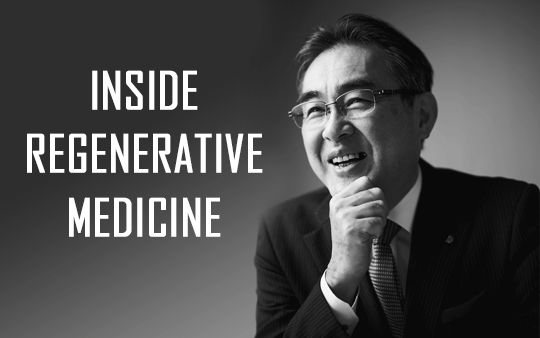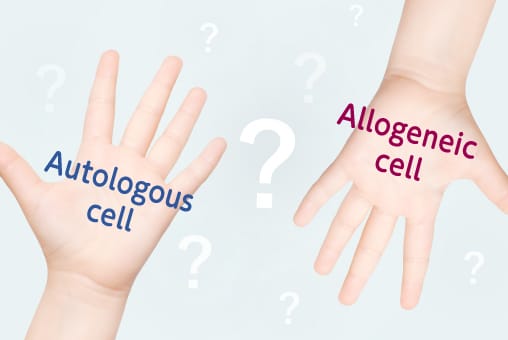Dec. 13, 2021[INSIDE REGENERATIVE MEDICINE]
The term regenerative medicine was coined in 1999.

Are you familiar with the “Millennium Project” proposed by the Obuchi Cabinet in 1999?
At the threshold of the new millennium, the government proposed bold technological innovation to create new industries that could tackle the problems confronting humankind. Regenerative medicine was among the types of bold technological innovation proposed by the project. In the area of biotechnology, the project aimed to achieve various technological innovations through the analysis of the human genome as well as the genome of the rice plant. It was at that time that the term “regenerative medicine” came into use.
In Japan at that time, the “Act on Organ Transplantation” had come into law, but there were strict rules governing the provision of organs by brain-dead donors. The donor had to have stated his wishes in writing, and the approval of the family was also absolutely necessary. For these reasons, the number of organ donors did not increase. As a country where far fewer organ transplants were performed than in the United States, Japan had great expectations for regenerative medicine. This is because the original aim was to replace organ transplants from donors with transplants of artificial organs made by culturing cells from the patient himself. But it is no easy matter to create complicated organs like the liver or kidneys. The Millennium Project proposed the creation of artificial bones, cartilage, blood vessels, nerves, skin, cornea, ]blood, and bone marrow, etc.
Culturing the patient’s own cells for use in transplantation held out the promise of benefits unavailable with the existing organ transplants. For example, it would not be necessary to rely on immunosuppressants to avoid immunological rejection of the transplanted organ. There would also be no worries about contracting infections from someone else because the transplant could be performed without relying on the organs or tissue of a donor.
Twenty years have now passed since then, and practical application of the kinds of tissue culturing technologies envisioned by the Millennium Project is beginning to realize. However, we are still only halfway toward regeneration of organs like the liver and kidneys. Will we really be able to devise a treatment that can replace organ transplants in the future? This is the ultimate goal of biotechnology.
December 13, 2021



